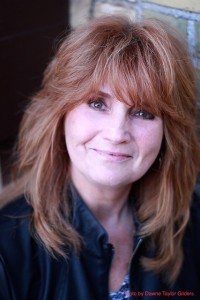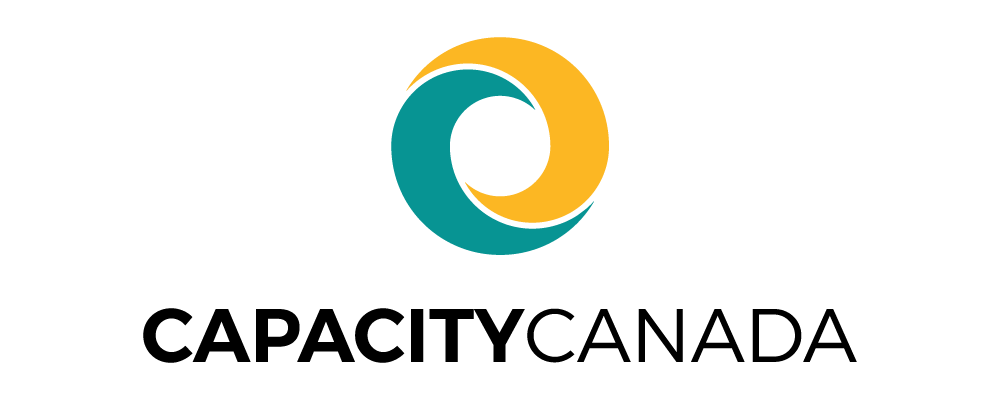|
Getting your Trinity Audio player ready...
|
When the board of the YWCA Kitchener Waterloo held a retreat in January, Beth Lautenslager came away with a sense of accomplishment, not to mention relief.
Planning the program, backing it up with research, had been her ball to carry. (Disclosure: The day also included a workshop on storytelling provided by the writer, on behalf of Capacity Canada.)

“It gave me an opportunity to work with some of the staff at the YWCA,’’ says Lautenslager, a business analyst at Manulife’s Waterloo headquarters. “It made me feel closer to the organization.”
Her story about volunteering as a director of a community group goes back more than three years ago to a meeting about MatchBoard.
Sponsored by Manulife and operated by Capacity Canada, MatchBoard links Manulife employees with volunteer opportunities on the boards of local non-profit community groups.
The three-year-old program has worked on matching more than 100 Manulife employees in Waterloo Region. Another 30 from Manulife’s Toronto head office have joined the program through a pilot project that began in June 2014.
Community groups benefit from the skill and insight of Manulife employees. Manulife employees, meanwhile, gain a deeper understanding of social issues in their communities, learn about the dynamics of board governance and develop new leadership skills.
Manulife and Capacity work together on a number of other programs.
The Manulife Board Governance Boot Camp brings together non-profit leaders — staff and board directors — for a weekend of training in November, with a follow-up session in March. Capacity also holds in-house “board-effectiveness” workshops with Manulife employees, covering such topics as trends in the non-profit sector and the separate roles of boards and administrations.
Lautenslager’s volunteer experience includes helping at the Manulife LPGA tournament and at Send ‘Em Off Smiling, a group that helps low-income households outfit children for school.
But her work with the YWCA, where she serves as vice-president, governance and development, is her first board role.
“Beth has been a fantastic addition to the YWCA board,” says Tracy Van Kalsbeek, board chair and a former Manulife employee. “Over the past few years, our board has experienced a lot of change and growth, and Beth has been able to tap into the knowledge and resources she gained from attending Capacity’s board governance training sessions to help shape the conversations we have around the board table.’’
Lautenslager had this to say about where the Manulife-Capacity Canada partnership has taken her:
How did it start?
I saw an article on Manulife’s intranet site. Capacity was doing a workshop on the MatchBoard program. I signed up right way. It was put on by Judy Blasutti, Moira Taylor and Cathy Brothers. (Blasutti is Manulife’s manager of community engagement; Taylor is an executive in residence at Capacity, and Brothers is Capacity’s chief executive officer.)
They did a great job of explaining all the different roles around the table, and the different not-for-profit sectors (health, sports, community groups).
It got me thinking, ‘What am I passionate about?’ I’m very interested in helping women and children in our region who face challenges. I couldn’t believe how great I felt after the workshop. I just felt really good. I knew I was in the right place at the right time.
How did you connect with the YWCA?
I filled out my interests, and Moira Taylor and I met a couple of different times to talk about what might fit. She had a couple of suggestions for me and ultimately I ended up on the YWCA board.
I had always wanted to be more involved in the community . . . When my son headed off to school in British Columbia, I felt this was a good time to do that. I had the capacity to take on something new . . . I attended a few (YWCA) meetings in 2012 but wasn’t actually elected to the board until 2013. I had been talking to Mandy Denison (who headed the YWCA’s nomination committee) about positions on the board, and at first, I went on as a general member.
Does it demand a lot of time?
About an hour and half to two hours a week, plus the board meetings (once a month). It’s work that quite excites me. I look forward to doing it. I have no problem setting an evening aside . . . I did that, and I was also able to find time to complete a not-for-profit leadership program.
You went back to school?
Senior leadership and management in the not-for-profit sector (a two-year program at Conestoga College). My final applied project was around board development at the YWCA. I’m feeling really good that I’m already implementing some of the pieces from my applied project, starting with the board development retreat we held in January.
So what skills do you bring to the board?
The skills that I have as an analyst helped me develop a skills-assessment matrix for the board, to poll the (board) members, to pull that information together, to break it down into our strengths and our gaps, and boil it down to some pretty straight-forward information for our nominations committee.
Ok, but what to you get out of it?
First and foremost, it has challenged me. Being a brand-new board member, trying to understand what’s going on — I found it somewhat difficult. The first few board meetings really tested me as I attempted to understand the issues being discussed and the format of the meetings.
But I stuck with it. So there’s that pushing myself, that stretching myself . . .From there, that launched me into taking the senior leadership program at Conestoga College and that entailed 10 in-depth courses.
The whole experience has helped give me perspective on many different things. It has helped me understand that things take time, processes take time . . . It has driven me to learn more, develop and practise many leadership skills, and it has most definitely made me feel far more a part of this community than I ever did before.”

